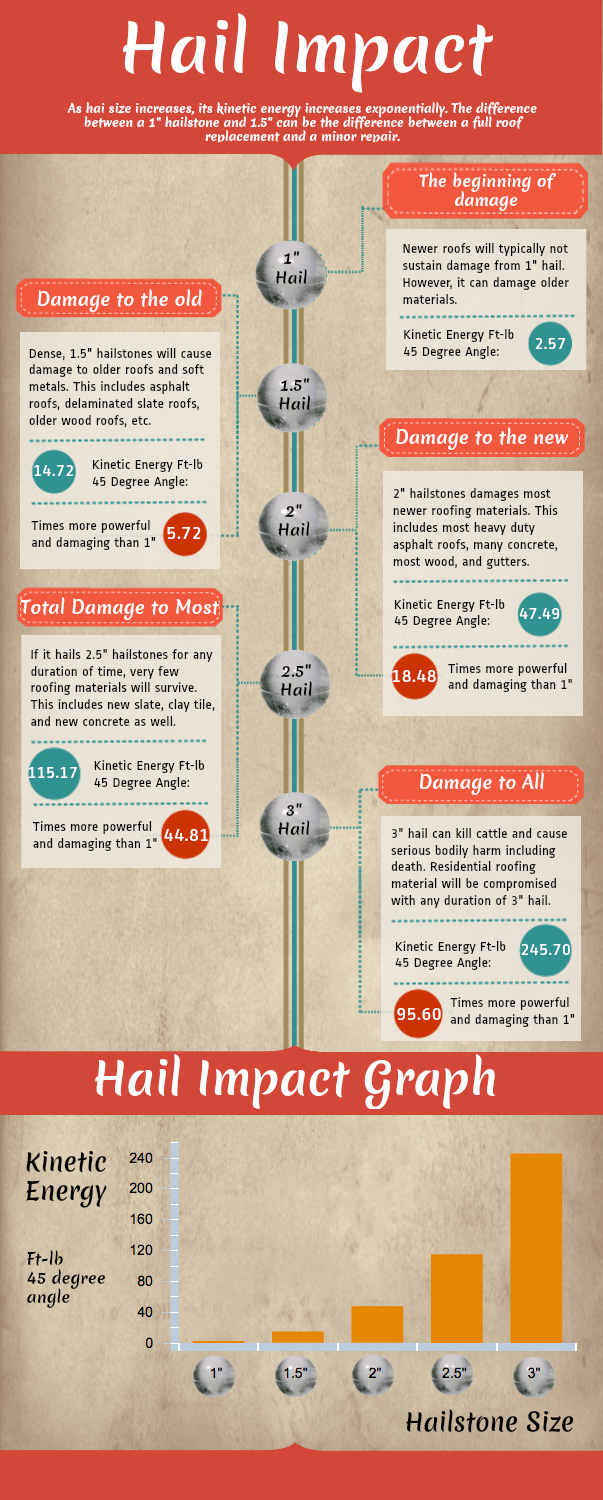Overlooking Roof Covering Ventilation Can Result In Expensive Damages; Uncover Vital Factors That Guarantee An Effective Installation And Secure Your Financial Investment
Overlooking Roof Covering Ventilation Can Result In Expensive Damages; Uncover Vital Factors That Guarantee An Effective Installation And Secure Your Financial Investment
Blog Article
Content Writer-Morrow Ploug
When you're taking on a roofing job, you may not think much regarding roof air flow, however it's even more critical than you realize. Efficient air flow aids regulate temperature and wetness in your attic room, preventing problems like mold and structural damages. By recognizing just how to design and mount a balanced air flow system, you can boost energy performance and extend the life expectancy of your roof covering products. So, what are the essential elements to take into consideration throughout setup that can make all the distinction?
Significance of Roofing Ventilation
Roofing system ventilation plays a critical role in preserving the general health and wellness of your home. By enabling fresh air to circulate with your attic, it assists control temperature level and wetness levels. This equilibrium is important to avoid heat accumulation during hot months, which can result in enhanced energy expenses as your a/c works overtime.
Furthermore, correct air flow substantially decreases the danger of moisture-related problems like mold and mildew. If moisture levels climb, your home's structural stability can be endangered, leading to costly repair work. You would not wish to handle decaying timber or warped roofing products, right?
In addition, appropriate air flow prolongs the lifespan of your roofing system. When warmth and dampness are kept in check, your roofing system can execute ideally, protecting against premature deterioration. mouse click the up coming post implies less headaches and expenditures down the line.
Just How Roof Ventilation Works
Efficient roofing ventilation depends on the all-natural activity of air to produce an equilibrium between intake and exhaust. When you install vents, you're essentially permitting fresh air to enter your attic room while allowing hot, stagnant air to run away. This process assists manage temperature level and moisture degrees, preventing problems like mold growth and roofing system damages.
Consumption vents, generally located at the eaves, draw in cool air from outdoors. At the same time, exhaust vents, situated near the ridge of the roof, let hot air surge and leave. The difference in temperature creates a natural air flow, called the pile result. As cozy air increases, it produces a vacuum cleaner that pulls in cooler air from the lower vents.
To enhance this system, you need to make certain that the consumption and exhaust vents are appropriately sized and placed. If the intake is limited, you won't achieve the wanted air flow.
Also, inadequate exhaust can catch heat and wetness, leading to prospective damage.
Key Setup Factors To Consider
When setting up roofing air flow, several essential considerations can make or damage your system's efficiency. First, you need to examine your roofing's layout. The pitch, shape, and products all influence air flow and air flow choice. See to it to choose vents that match your roofing system kind and regional climate conditions.
Next, take into san antonio texas roofers of your vents. Preferably, https://www.washingtonpost.com/business/2020/06/01/finding-roofer-who-will-have-you-covered/ 'll desire a balanced system with intake and exhaust vents positioned for optimal air flow. Location intake vents short on the roofing system and exhaust vents near the optimal to urge an all-natural flow of air. This setup assists avoid dampness accumulation and promotes energy effectiveness.
Don't ignore insulation. Correct insulation in your attic stops heat from getting away and maintains your home comfy. Make sure that insulation doesn't block your vents, as this can prevent air flow.
Lastly, consider upkeep. Select air flow systems that are very easy to access for cleaning and inspection. Routine upkeep ensures your system remains to operate properly with time.
Conclusion
Finally, roof ventilation is important for a successful installation. By guaranteeing correct air movement, you can protect against warmth build-up and dampness concerns that lead to expensive damage. When you strategically setting intake and exhaust vents, you enhance energy efficiency and extend the life-span of your roofing system. Keep in mind, a well-ventilated roof covering not just safeguards your investment yet likewise improves your interior air high quality. So, focus on air flow to ensure a resistant and cost-effective roofing system for your home.
